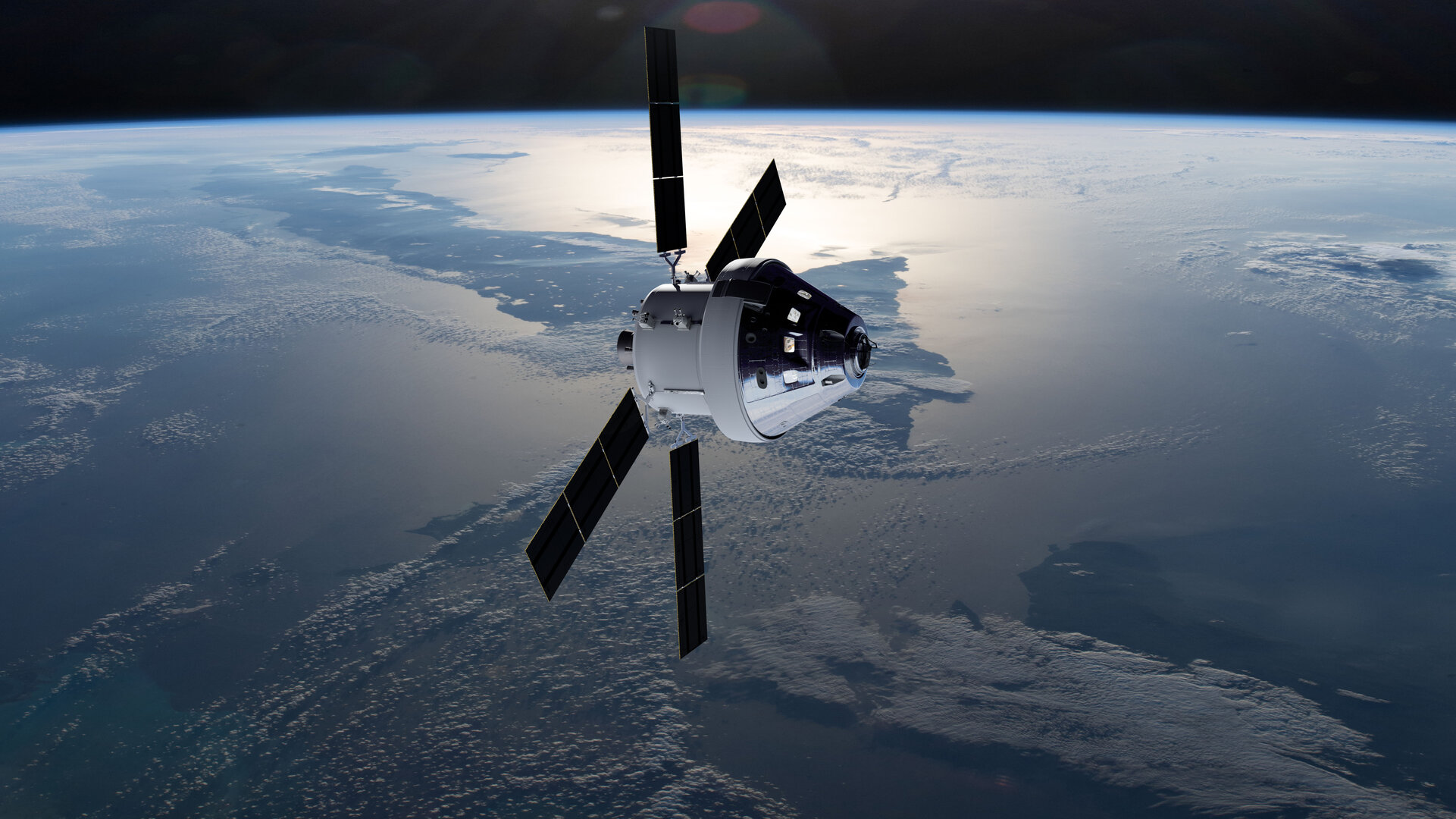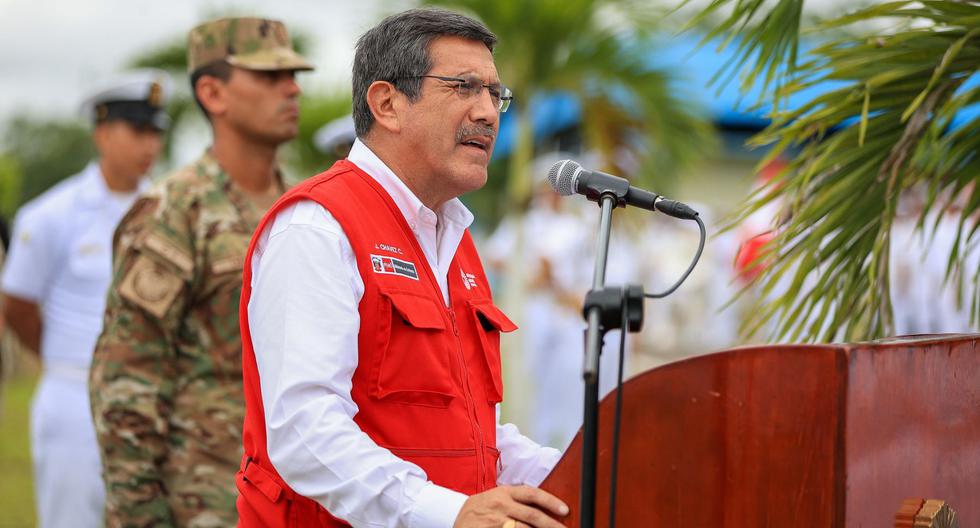The Artemis 2 space mission, which plans to take a crew of astronauts to the Moon for the first time since 1972, is scheduled for November 2024, the US space agency (Nasa) announced Tuesday.
Source: AFP
This schedule is due to Artemis 1 mission success, which concluded in December after just over 25 days in space.
The Orion capsule, which flew over without occupants for its first test flight, was propelled by the new SLS rocket -the most powerful in the world- and was put into orbit around the Moon, before returning to Earth.
Detailed analysis of this mission continues, NASA Associate Administrator Jim Free said at a press conference. But the first evaluations allow a takeoff of the second mission towards “end of November 2024”, added the person in charge, that is, in a year and a half.
for said tripNASA is expected to announce this year the four crew members of Artemis 2, among them a Canadian, who will go around the satellite without landing on a mission of about ten days.
“We are searching for that Artemis 2 crew,” Free added. “At the moment there is nothing stopping us after what we learned with Artemis 1.”
Then will come the mission Artemis 3, scheduled for around 12 months after Artemis 2, in which astronauts must land at the south pole of the Moon and which is officially still scheduled for 2025, although it is an uncertain calendar.
“Our plan has always been 12 months, but there are important developments that need to be made,” Free warned.
“We need a lunar lander” and also “we will need our suits” spacecraft for surface exploration, Free explained.
The lander will be a version of SpaceX’s Starship, but its first orbital flight has yet to take place; while space suits are still under development by the company Axiom Space.
NASA’s goal is to establish a permanent presence on the Moon with the construction of a base and a space station orbiting the satellite.
Learning to live on the Moon should allow testing the technologies necessary for an even longer trip such as the round trip of a crew to Mars.















